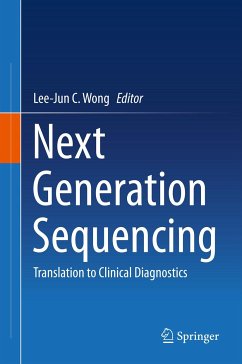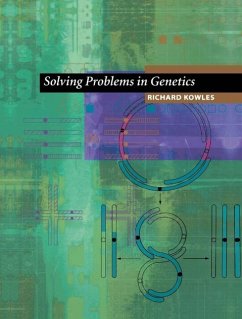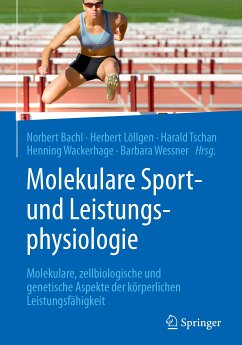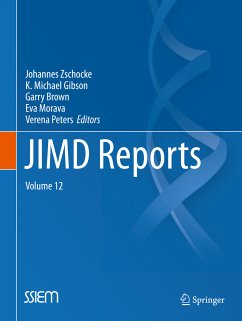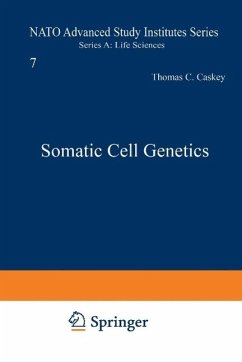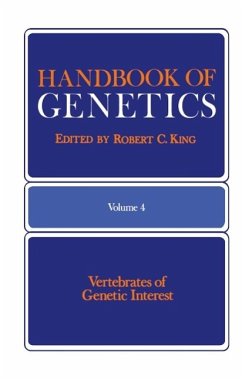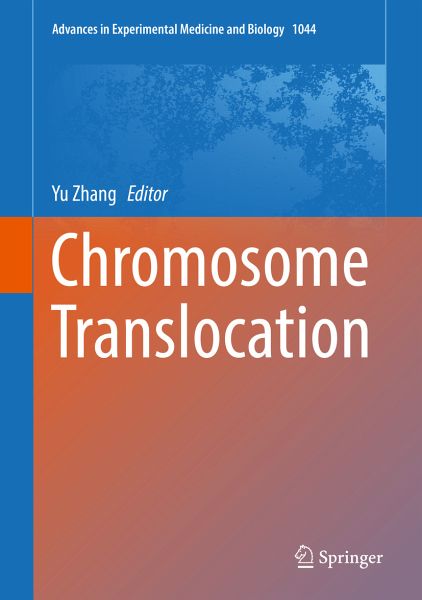
Chromosome Translocation (eBook, PDF)
Versandkostenfrei!
Sofort per Download lieferbar
96,95 €
inkl. MwSt.
Weitere Ausgaben:

PAYBACK Punkte
48 °P sammeln!
This volume discusses various aspects of mechanisms and methodologies of chromosome translocations, ranging from a historical and clinical overview of chromosome translocations to the rapid development of the next-generation sequencing technologies, which has dramatically increased our understanding of the spectrum of chromosome translocations in human diseases.The book also introduces the mechanistic studies on chromosome deletions and their implications in cancer, and discusses the mechanisms of regulating chromothripsis, a unique complex type of chromosome translocation.It is a valuable res...
This volume discusses various aspects of mechanisms and methodologies of chromosome translocations, ranging from a historical and clinical overview of chromosome translocations to the rapid development of the next-generation sequencing technologies, which has dramatically increased our understanding of the spectrum of chromosome translocations in human diseases.
The book also introduces the mechanistic studies on chromosome deletions and their implications in cancer, and discusses the mechanisms of regulating chromothripsis, a unique complex type of chromosome translocation.
It is a valuable resource for students and researchers alike, providing insights into chromosome translocations and, potentially, other genomic aberrations involved in understanding and curing human diseases.
The book also introduces the mechanistic studies on chromosome deletions and their implications in cancer, and discusses the mechanisms of regulating chromothripsis, a unique complex type of chromosome translocation.
It is a valuable resource for students and researchers alike, providing insights into chromosome translocations and, potentially, other genomic aberrations involved in understanding and curing human diseases.
Dieser Download kann aus rechtlichen Gründen nur mit Rechnungsadresse in A, B, BG, CY, CZ, D, DK, EW, E, FIN, F, GR, HR, H, IRL, I, LT, L, LR, M, NL, PL, P, R, S, SLO, SK ausgeliefert werden.



